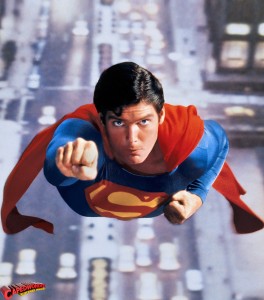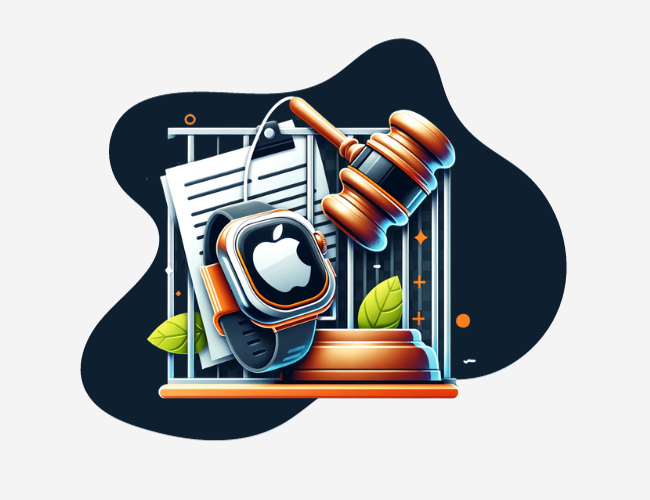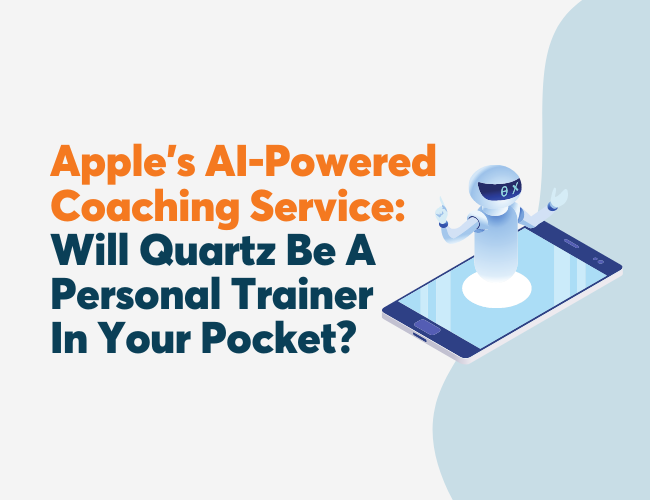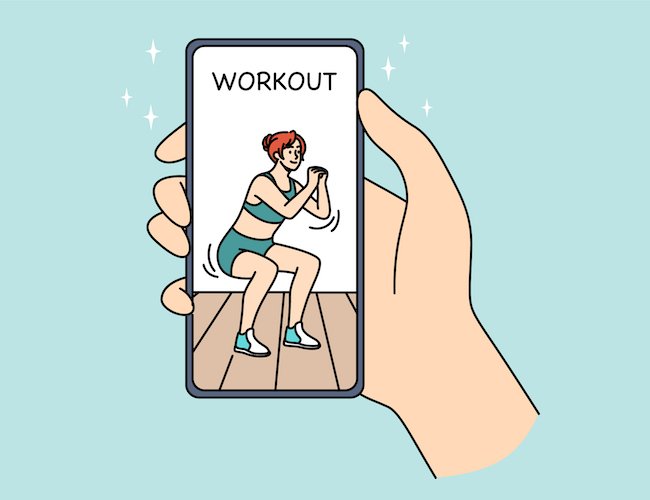
The young adult population (a.k.a., the young invincibles), is considered crucial to the Accountable Care Act’s overall success. According to CBS, “If enough young people decide not to buy insurance through state or federal marketplaces, it could throw off the market’s equilibrium and cause insurance rates to rise dramatically the following year.” The Washington Post reports that “roughly two in five Americans in the plans should be young adults” to prevent insurance rate increases.
With such importance placed on attracting the young invincibles to the individual insurance marketplace, what exactly is being done to appeal to this demographic?
Various young adult-focused strategies have been tried since open enrollment began in October 2013 – these are some of our “favorites”…
- Celebrity Twitter Frenzy
The #GetCovered campaign asked high-profile celebrities such as Lady Gaga, Pharrell, and Amy Poehler, to tweet their support for the individual insurance market. - Rappers Delight-ed with ACA
The Washington state insurance exchange spent $2.6 million to create ads that “feature a fictitious rap duo who interview people who have successfully signed up for coverage through the Washington Healthplanfinder.” - Got Brosurnace?
A “Got Insurance?” campaign created provocative ads targeted at young adults like this one that says, “Keg stands are crazy. Not having health insurance is crazier…”
While these fun marketing campaigns can certainly play a role in helping improve young adult enrollment numbers, the key to high enrollment rests on technology. The technology used to attract and enroll individuals must work (this is a given), but more importantly, and often overlooked, the technology must be optimized for the audience. To optimize technology for young adults, it’s essential to understand how young adults use technology.

In “Millennials and Healthcare: 3 Tips to Reach Young, Stubborn Patients,” author Ritika Puri writes, “Organizations like the ACA will frequently invest significant time and energy in marketing to millennials — but marketing isn’t enough. Health-focused organizations need to understand how young adults actually use technology.” Alex Bratton, a writer for Chicago Business says that “had the HealthCare.gov team understood its audience, the website would have likely been developed as a mobile app first.”
The ACA and other organizations tied to the ACA should look to young adult technology success stories to understand how best to optimize an experience for this demographic. Mobile, clean user interface, seamless design, and quick access to information are a few of the young adult-centric suggestions made in Puri’s article. Rather than reinvent the wheel, research how young adults are already using technology, and find ways to leverage these themes to increase enrollment.
After successfully enrolling young adults (and other technology savvy individual consumers), health plans need to utilize technology to engage and retain their customer base. We’ve suggested before that employers should take cue from consumer trends to help shape an engaging employee wellness program. This suggestion should also be applied to wellness programs associated with health plans on the exchanges. Health plans should embrace the mobile movement and rise of health and wellness mobile apps and devices by making them a pillar of their wellness program. In addition to benefitting from cost containment through prevention, health plans can also use a technology-centric plan to retain their young invincibles.












